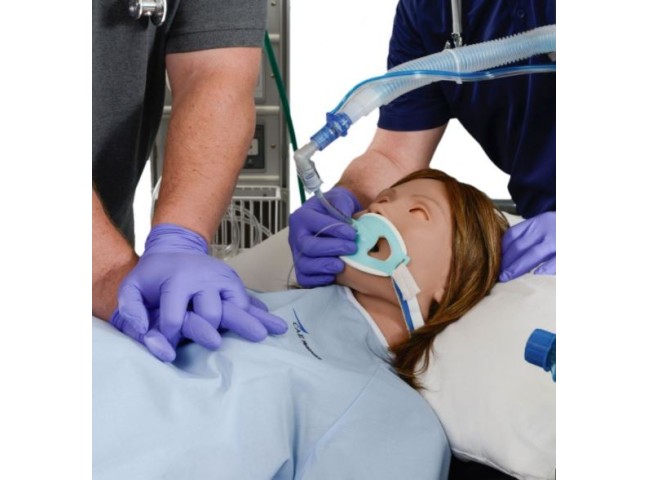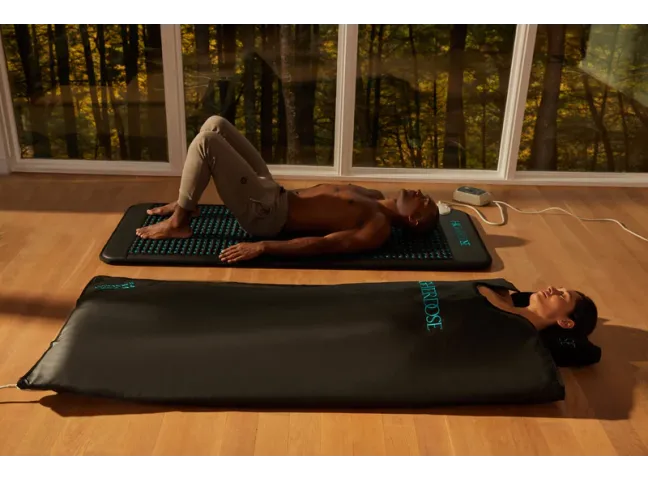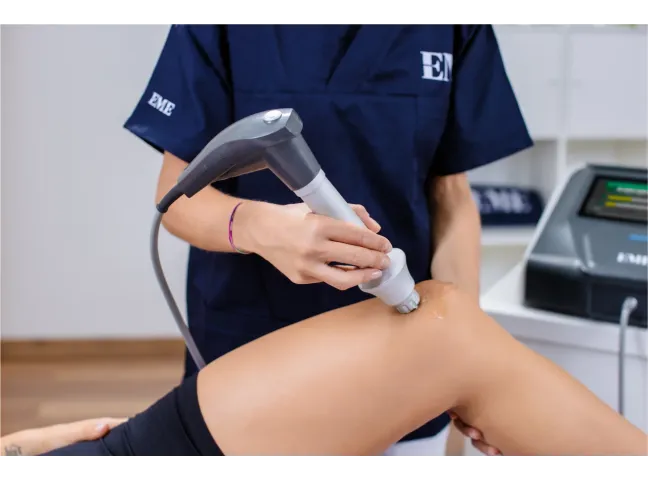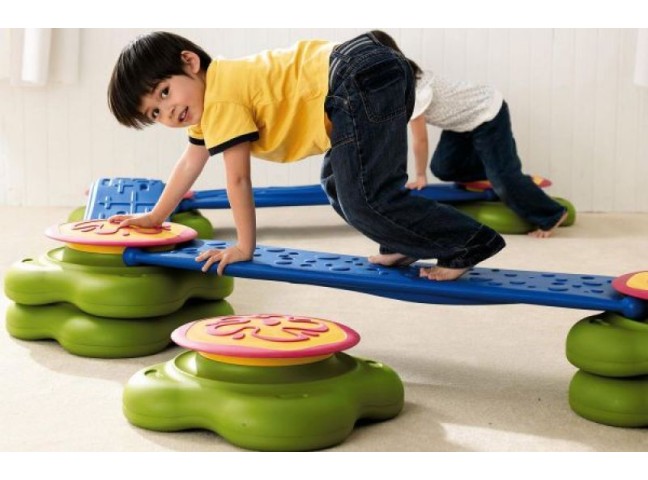The inhaler converts the liquid medicines into fine particles that can be inhaled through a face mask or mouthpiece. When the medicine is inhaled in this way, it can pass directly into the lungs and respiratory system.
Since ancient times, respiratory diseases have been treated with aerosols. The term nebuliser ('nebulizer', from the Latin nebula 'mist') was first used in 1872. Two years later, the term was defined as an instrument that converts liquids into tiny droplets that can be inhaled. Medical inventions have evolved from a simple vapour nebulizer to a sophisticated ultrasonic system. Inhalation therapy is now widely used around the world to treat respiratory diseases in children and adults, not only in medical institutions but also at home.
Who needs an inhaler?
Inhalation therapy is used for the following purposes:
- to irrigate the airways;
- to relieve bronchospasm and mucosal oedema;
- to facilitate secretion;
- reducing inflammation (antibiotics);
- hyposensitisation (corticosteroids).
- Cases requiring inhalation therapy:
High doses of drugs are required;
- Difficulty in coordinating breathing when the patient's condition is severe;
- when metered-dose inhalers are ineffective;
- dosed inhaler preparations are not available;
- when it is necessary to get the medication into the small bronchi or alveoli.
Inhalation therapy treats:
- upper respiratory tract diseases;
- laryngotracheitis;
- bronchitis;
- pneumonia;
- bronchial asthma;
- suppurative lung diseases;
- occupational respiratory diseases.
How to use the inhaler?
Read the instructions before using the medicine.
Each inhaler works slightly differently, so it is very important to read the instructions for the specific device. You can also consult your doctor or nurse who can tell you how the inhaler works and answer any questions you may have.
In general, the inhaler is very easy to use with just a few basic steps:
1. Wash your hands.
2. Put the medicine in the medicine cup according to your doctor's prescription.
3. Assemble the top, tube, mask and mouthpiece.
4. Attach the tubing to the inhaler according to the instructions.
5. Switch on the inhaler; they can be battery or electrically powered.
6. When using the inhaler, hold the mouthpiece and the medicine cup upright to place all the medicines.
7. Take slow, deep breaths through the mouthpiece and inhale all the medicine.
If you have any questions or concerns about the device, consult your doctor or contact the manufacturer.

Do I need a doctor's prescription?
The inhaler can be bought without a prescription, although your doctor will probably still need to prescribe medication.
However, some drug manufacturers require the use of a specific type of inhaler, so it is always advisable to double check with your pharmacist or doctor before purchasing.
There are several types of medicines that a person can use with an inhaler:
Bronchodilators: these are medicines that help open the airways and make breathing easier. Doctors often prescribe bronchodilators for people with asthma, COPD or other breathing problems.
Sterile saline solution: the nebulizer can deliver sterile saline solution to help open airways and liquefy secretions. This can loosen and help to expectorate accumulated mucus in the lungs.
Antibiotics: in the case of a severe respiratory infection, the inhaler can deliver some types of antibiotics directly into the lungs or airways.
Differences between an inhaler and a compressed air metered aerosol inhaler

Inhalers and compressed air metered-dose aerosol inhalers have some similarities - for example, they deliver medicines directly into the lungs to make breathing easier. But there are some important differences.
There are two types of compressed air metered-dose inhalers: metered-dose inhalers (MDIs) and dry powder metered-dose inhalers.
MDI is the most common type of compressed air metered dose inhaler. It requires inhalation of a measured amount of medicine through a mouthpiece per administration. Some Compressed Air metered dose inhalers have a spacer to facilitate inhalation of the medication.
Dry powder Compressed Air metered dose inhalers are similar, but the medication is contained in the powder form inside the Compressed Air metered dose inhaler. This requires the user to inhale deeply and quickly, which delivers the powdered medicines deep into the lungs.
Both types require the ability to inhale the medicine deep into the lungs. This can be problematic for some children and people with severe respiratory conditions.
Inhalers are generally a little easier to use in terms of delivering the medicine to the lungs. However, it can take up to 10 minutes to fully absorb the medicine and the user has to sit still to inhale it all, which can be difficult for a young child.
Inhalers are also less portable; they can be difficult to carry and compressed air metered-dose aerosol inhalers are generally smaller and more suitable for travel.
How do I maintain and clean my inhaler?
The instructions for each device contain information on how to clean and maintain the device. General guidelines are:
- Wash your hands and work on a clean surface.
- Disconnect the tube, medicine cup, mask or mouthpiece and wash them thoroughly with warm, soapy water.
- Allow the parts to dry on a clean towel.
- Disinfect the device according to the manufacturer's instructions.
Some components will need to be replaced by the person. Refer to the instruction manual for how and when to do this. Also, make sure that you do not share the accessories of the appliance with another person.
Instructions for cleaning, disinfecting and replacing parts must be followed.
If a person does not take proper care of the sprayer, it can become contaminated with bacteria that can cause infection. Infections can be very dangerous, especially for people with lung problems.
Questions?
If you have any questions, please contact Rehastar.com staff by phone on weekdays 08:00 - 17:00 or by email at any time and we will do our best to answer you as soon as possible.
Email: info@rehastar.com
Phone: +370 626 11553






